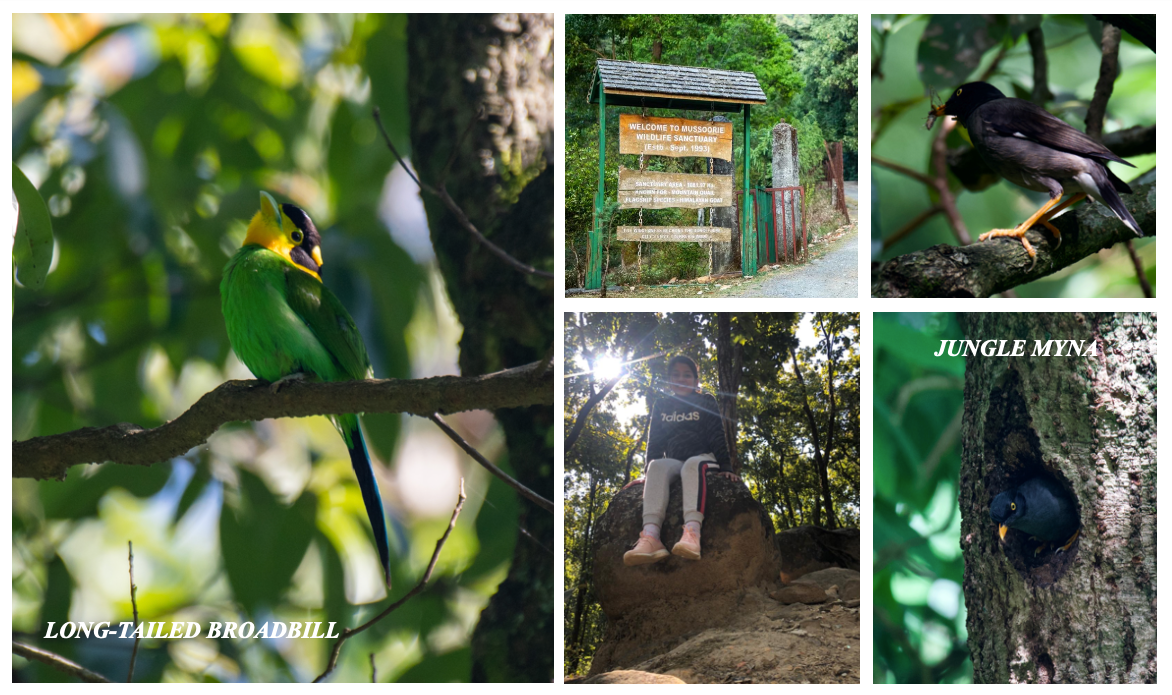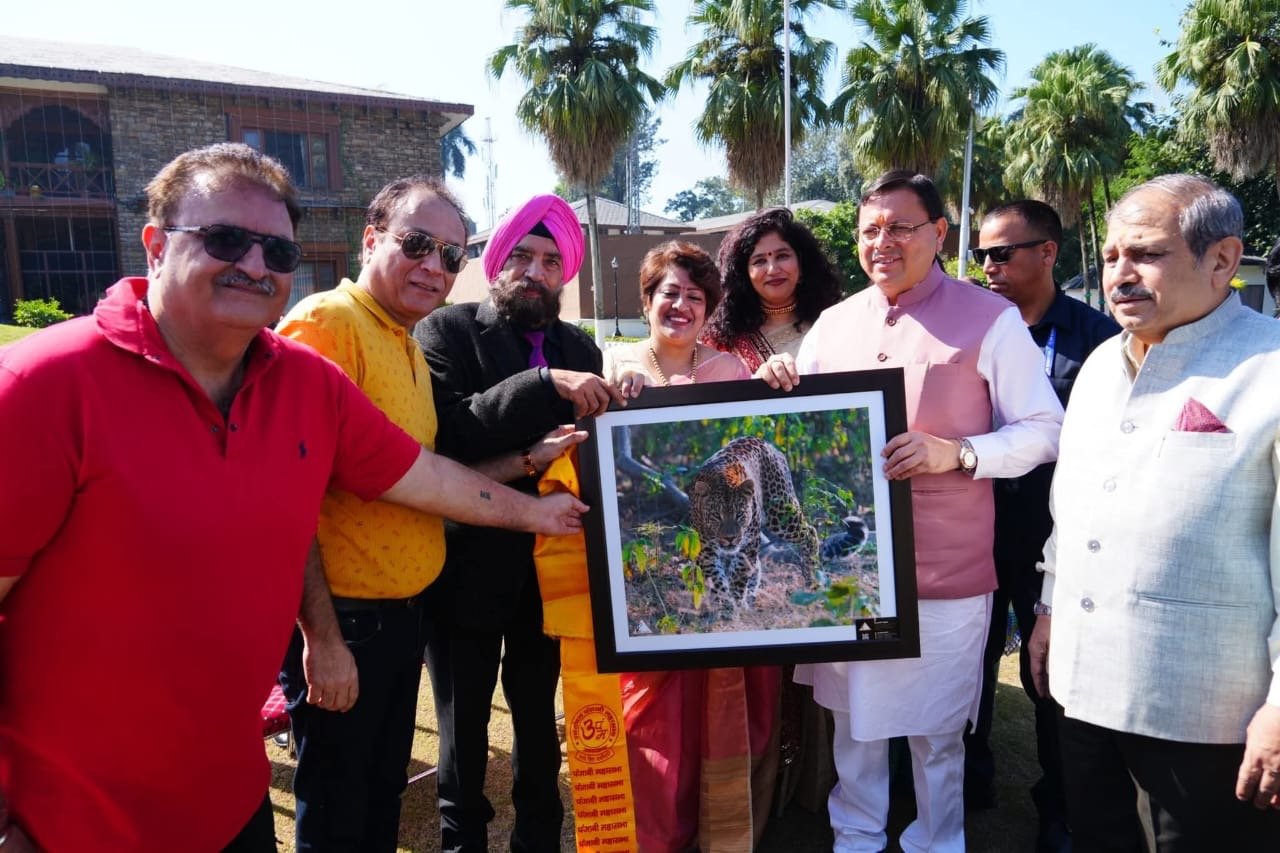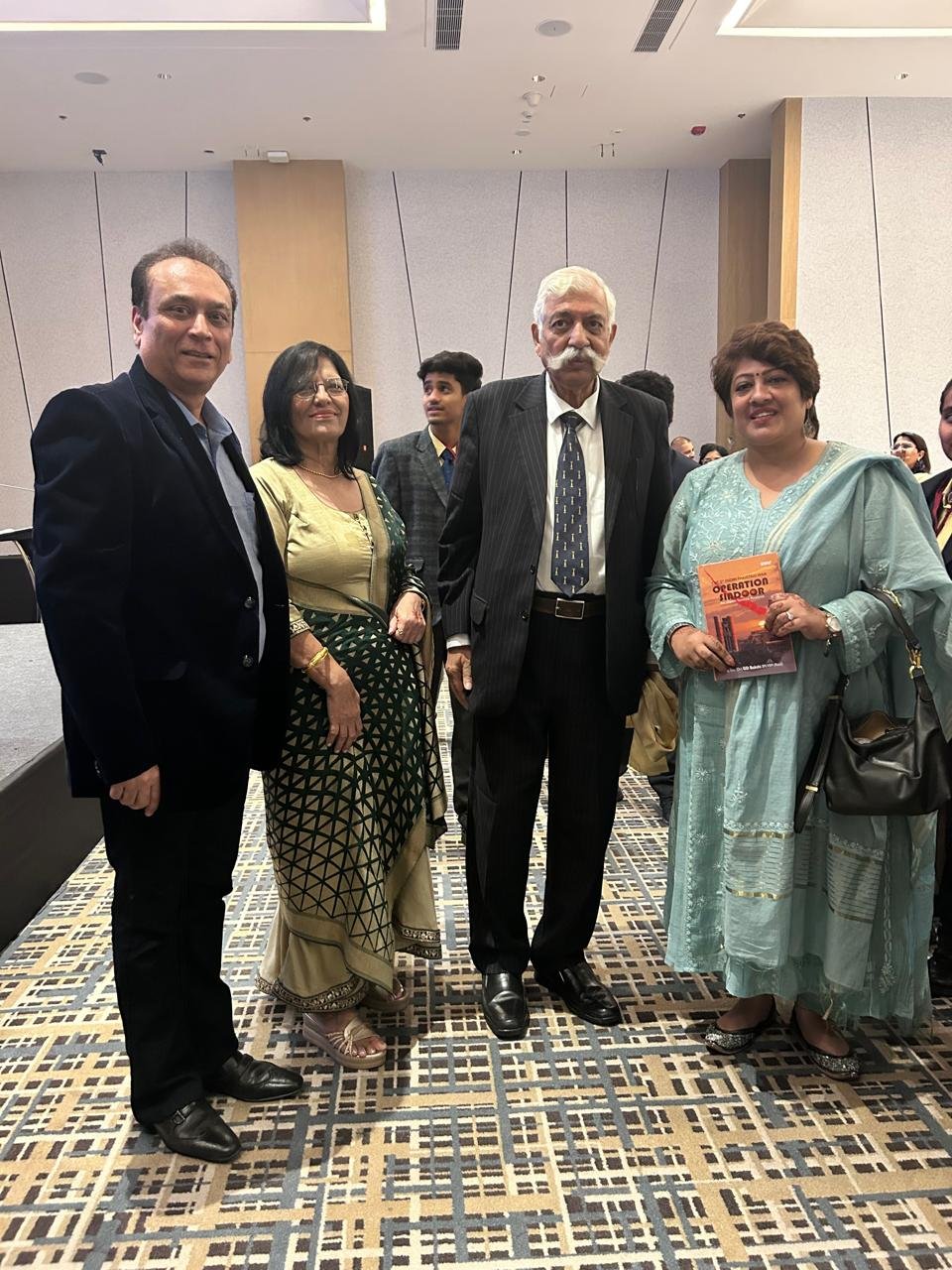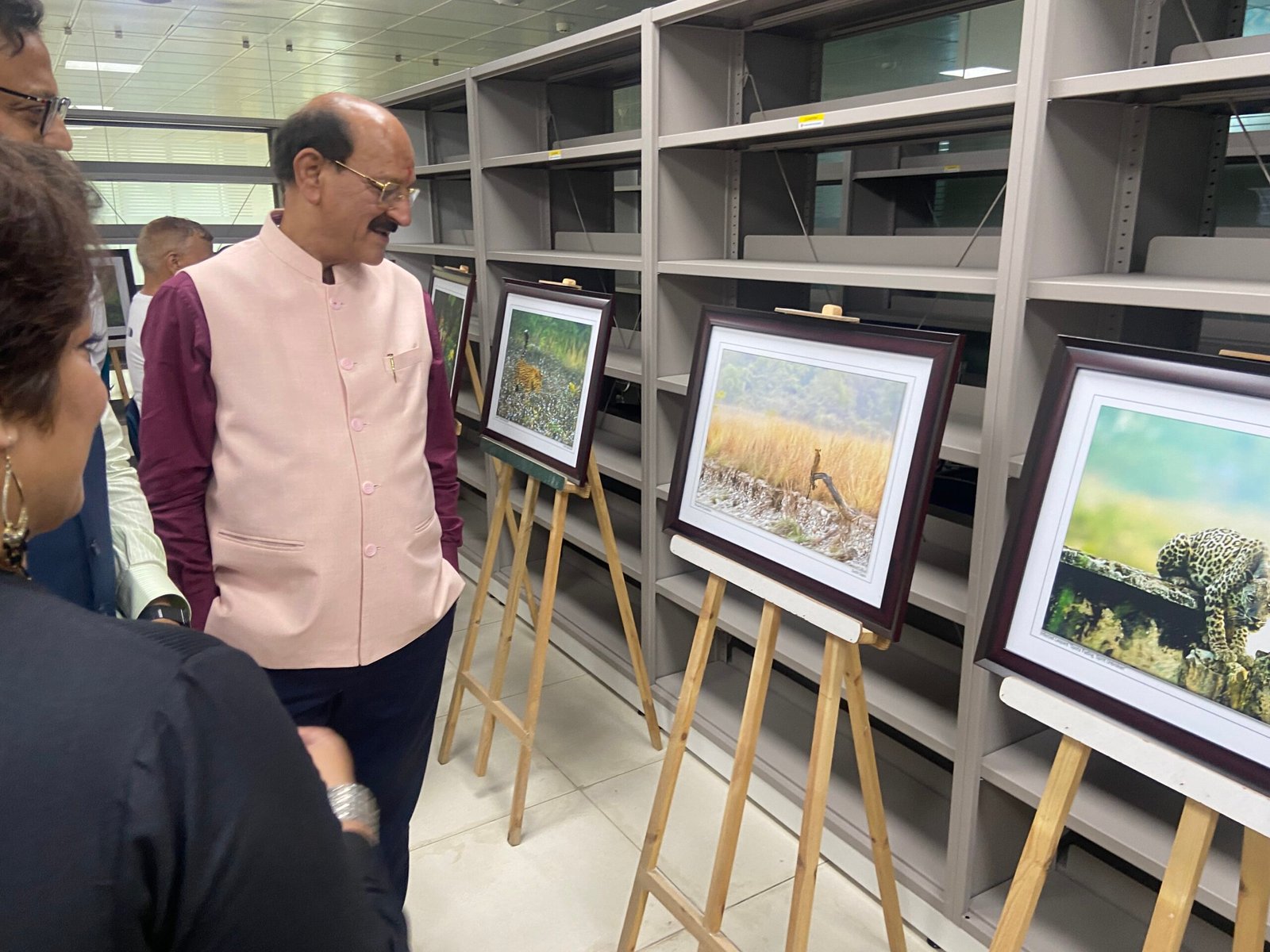“To move, to breathe, to fly, to float; to gain all while you give;
to roam the roads of lands remote; to travel is to live.”
Hans Christian Andersen
There’s no better feeling in the world than to know that your passion has been passed on to your children, especially when it is your love for Mother Nature. I am very proud of the fact that both my children are equally involved and invested in my interests and hobby. We are blessed to be staying in Dehradun (the capital city of Uttarakhand), a place that is incredibly rich in biodiversity. It provides ample opportunities to click rare, migratory birds in their best plumage during mating and nesting seasons alongside all sorts of wild animals in their natural habitat. It was thanks to my son’s companionship (Advay Sapra) that I got involved in this passion of wildlife photography and further pursued it. My daughter has been eagerly accompanying me to most of my bird watching trips in and around our city too. She has a keen eye and is quick to spot birds that are hidden in the bushes and trees. Unfortunately, she has a major phobia of reptiles and insects, even butterflies if they get too close!
Once my children and I went to a considerably desolate yet picturesque place known as the Benog Wildlife Sanctuary, part of Rajaji National Park and located in Mussoorie, a hill station in Uttarakhand. This beautiful sanctuary spreads across an expanse of over 339 hectares! The Aglar River, which is a tributary of the Yamuna, also flows through the sanctuary and, thanks to its lush green surroundings, it is ideal for nature lovers. Benog is located on a pine-clad slope, surrounded by the snow-capped peaks of the Himalayan ranges, specifically the Chaukhamba and Bandar Punch ranges, which are populated with several medicinal plants and are home to some exotic species of birds. I have visited this pristine and alluring place a couple of times before, and have had some very beautiful experiences. It happens to be just about an hour and a half long drive from my house.
This time, I was visiting the sanctuary with my children during the monsoon season to click a particular migratory bird, the long-tailed broadbill. It is 25 cm in length, weighs between 50-60 grams, has a black-and-yellow head, yellow plumage on the throat, a blueish-green belly, back and wings with a bright blue tail. Despite their loud, high-pitched calls, they are relatively shy birds that usually hide amongst the foliage of trees, especially during the mating season. We had spotted a pair which was almost done building a large, bulky, pear-shaped nest high up in the trees, which was suspended from a branch and had a small 1-2 inch circular aperture, they were using, as an entrance on the side of the structure. We were busy observing these adorable birds go about their duties, when our eyes fell on a Myna, (A large, black-and-brown bird with white wing patches, yellow bill, and yellow legs) taking food to her young ones present in the hole of a tree growing in the nearby stream. She would come with her beak full of insects, hop on a few branches to ensure that there were no predators, then enter the hole of the tree. A few minutes later it would come out and repeat the cycle.
In order to get a good shot of the Myna entering and leaving the tree, we repositioned ourselves to the edge of the stream. It was monsoon season, therefore, there was moss all over the ground. All of a sudden, I started feeling like water was riding up my socks, but, being totally engrossed and focused on getting the perfect shot, I didn’t give it a second thought. A few minutes later my daughter complained of the same and I explained to her that it was mushy all over and water was rising up due to capillary action. However, while I was saying it, it struck me that this was against all logic so, I looked down, and was dumbfounded. I had leeches all over my shoes. They were trying to get in my socks and were riding up my legs. My daughter screamed at the top of her lungs as she spotted one on her shoe and ran towards the dry area.
Luckily we were close to the guest house in the sanctuary. We rushed there and poured a good amount of salt on the infected areas to get rid of the small, slithering creatures. We washed our wounds with soap and water. There were about 8-10 leeches that I saw going down the drain, almost double the size from when we had initially spotted them. As my daughter was petrified, we decided to end our nature trail and head home. It took us more than two hours to get back home, due to traffic. My daughter hastily removed her shoes & socks in the car park itself and saw a few more leeches sticking to her socks, she promised never to go back to that sanctuary in the monsoons again.
Wildlife photography can be therapeutic and rewarding but it can also be extremely challenging, both physically and mentally. Luck can play a major role in any trip being a success or just a learning experience when travelling to unknown destinations, hoping for the perfect weather conditions while having the right equipment. Being amidst nature tends to magnify all human emotions; you may come face to face with situations that are not and never will be under your control. What you encounter may bring out your demons, or put them to rest. I hope my daughter can grow up to understand this and overcome her fears. Till then, she’s surely not accompanying me to any trip during the monsoons, even if I buy her a pair of gum boots…





